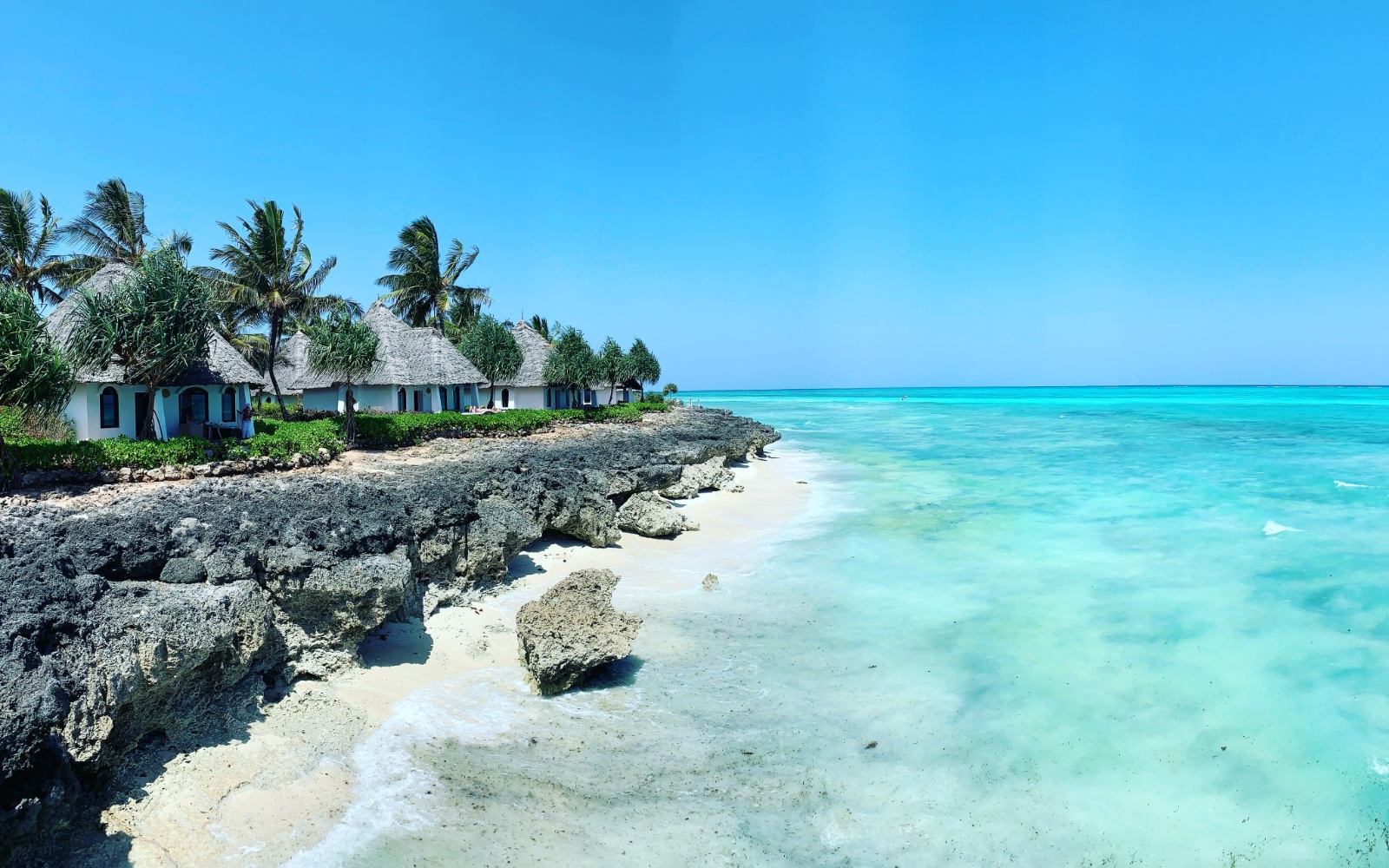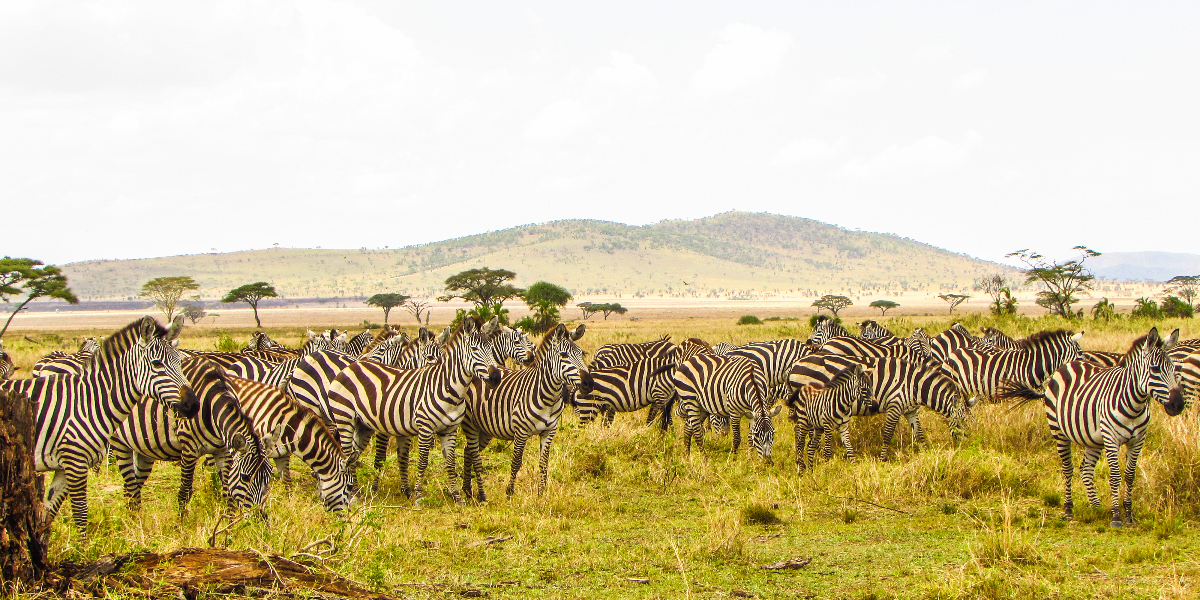Embark on an African adventure like never before as we unveil the top 7 best…
caves in Uganda
caves in Uganda

Through a campsite, one goes deeper into the ancient caves. The sound of birds accompanies the spluttering of a waterfall.
This is the site of the Amabere Ga Nyinamwiru caves, where the music of the jungle birds and waterfalls is spellbinding. Not far from here, roughly 10 kilometers (about 6 miles), lies the town of Fort Portal.
Unlike other waterfalls, these falls are special. They are not violent.
caves in Uganda
There is a tropical forest full of rare species of trees. A tangle of plants, which provides a canopy of vegetation, is difficult for the eye to penetrate. The sun goes through a similar struggle to cast its rays to the earth.
In an otherwise sparse landscape, the site of Amabere Ga Nyinamwiru emerges as a distinctive – and very green – place. Inside, deep in the caves, an equally impressive sight awaits. Here, there are natural limestone formations in the shape of human breasts, which have nipples reminiscent of a dog’s teats and a cow’s udder. During the rainy season, the formations drip milk-colored water, which is why the caves are called Amabere Ga Nyinamwiru, “the breasts of Nyinamwiru”, in Swahili.
Two theories explain the existence of the breast-like formations in the caves. The scientific explanation states that sedimentary limestone rocks caused the formations. Because the limestone rock is porous, when water passes through the cave ceiling, the soil dissolves in calcium bicarbonate. When the water emerges, the carbon dioxide evaporates, leaving behind calcium carbonate, which solidifies on the upper surface of the cave and forms hanging formations, known as stalactites. Some water drips on the floor and eventually forms features on the ground, called stalagmites.
The dripping water, which is rain water, is referred to as cold springs because it enters the caves from underground, which makes the water temperature exceptionally cold
The difference between stalactites and stalagmites is that one forms on the ceiling of the cave while the other forms on the ground. There is a common trick to remember the distinction: Stalactite is spelled with the letter “c” for “ceiling” and stalagmite is spelled with the letter “g” for “ground.”
As time goes on, the compositions solidify and become hard rock. With time, the dripping and depositing continues, and pillars begin to form.
Princess Nyinamwiru
As the story goes, the area was ruled by the clan of the Batembuzi Empire, which would later become the Bachwezi Empire. The descendants of the Bachwezi would eventually found the Bunyoro Kingdom.
When the last king of the Batembuzi Empire vanished, a man names Bukuku took over the throne. Bukukuhad a beautiful princess, Nyinamwiru. But he had been told through an oracle that his daughter would get pregnant and produce a child that would take over his throne. Bukuku decided he would not allow the oracle’s prediction to come true.
caves in Uganda
He asked his wise men for advice on how to kill his daughter, and the wise men advised him against it. Instead he decided to deform her by chopping off one of her breasts, and plucking out one of her eyes toward off potential suitors.
But, Nyinamwiru persisted. With the aid of her palace maids, she organized for her lover, Isimbwa, who was believed to be a god, to sneak into the palace. Three months later, Nyinamwiru was pregnant. By the time Bukuku learned the news, Isimbwa had already run away.
The king decided that if his daughter produced a boy, he should be killed. If she gave birth to a girl, she should be made a servant in the palace court.
Nyinamwiru gave birth to a boy, whom the maids immediately whisked away and hid in the jungle, on the banks of Amabere. Lumumba, a clay potter, discovered the baby and searched for his family. He informed the palace that the child was still alive. Upon hearing this, Nyinamwiru sent the porter a cow, whose milk she believed would keep the child alive.
This cow was called Bihogo, and it is believed that the cave formations that look like cow udders are Bihogo’s breasts. The formations that look like dog breasts are believed to symbolize the Bachwezi belief that dogs provide protection.
In the wet season, the breast-like formations drip because the water, as explained by Isingoma, drips through them. Due to the limestone soil, the water looks white and causes many to believe it is milk, reinforcing the story of Nyinamwiru and her exiled son.
Nyinamwiru’s son eventually took the throne, as the oracle had predicted.
Today, the caves are a popular tourist attraction. On average, Isingoma says, the site receives about four tourists per day. He adds that many school children come here for geography and chemistry field work lessons throughout the year.
Book a trip with mondsafaris
info@mondsafaris.com



